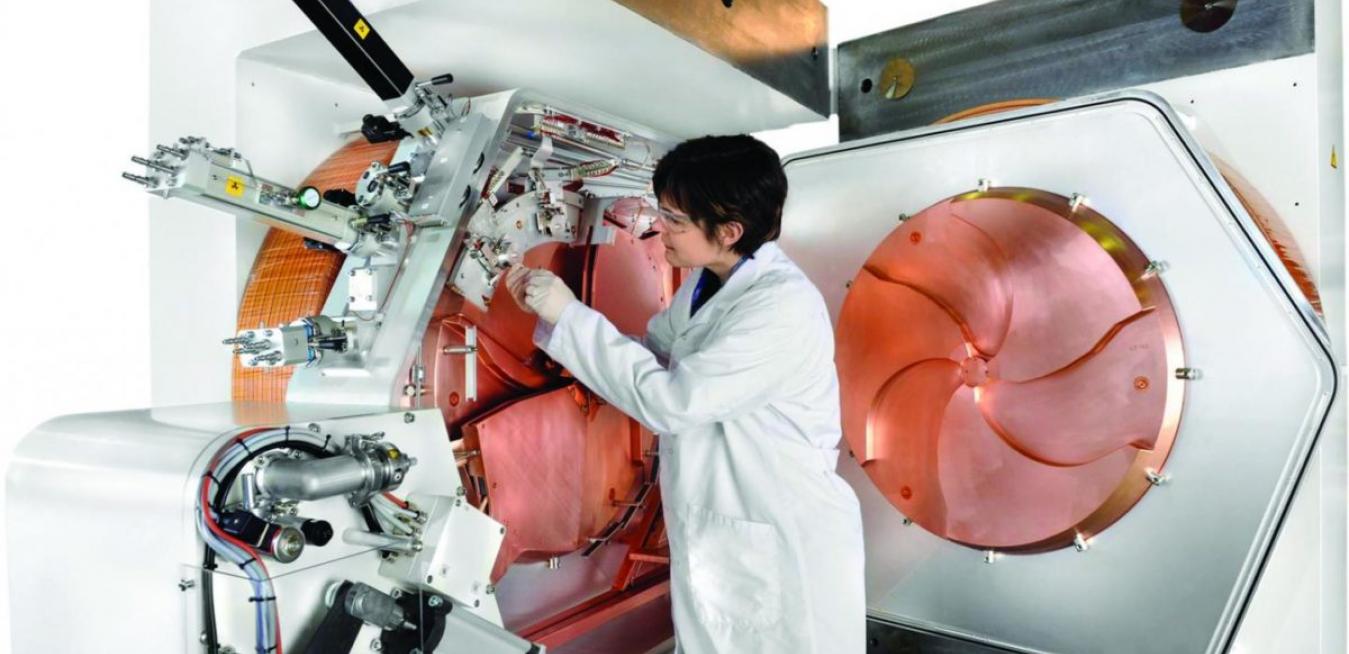It has the potential to directly impact the lives of tens of thousands of South Australians by helping health professionals diagnose and treat cancers and other diseases that affect the nervous system such as Alzheimer’s.
South Australian Health, GE Healthcare and SAHMRI (South Australian Health and Medical Research Institute) announced last week a 5-year agreement to promote healthcare training, education and research – which includes the installation of a GE Healthcare Cyclotron.
The Cyclotron will produce a component called a radiotrace – the necessary ingredient in cancer imaging. This will mean South Australia will no longer be dependent on interstate supply of the radio pharmaceuticals. Currently, the tracer is flown in from interstate in limited quantities because it has a short shelf-life of only 12 hours.
Michael Ackland, CEO of GE Healthcare ANZ, said radio therapies and diagnoses from machines such as the Cyclotron are becoming increasingly prevalent as the population ages.
“South Australia has the opportunity to become a global leader in research into cancer treatments and neurological disorders,” Mr Ackland said.
“It's a chance to save lives by becoming a vital centre for the delivery of healthcare, and a central hub of medical research into some of the most serious challenges facing the world.”
So, what is cyclotron?
The Cyclotron is a 20,000 kilogram piece of equipment creates radioactive tracers that help identify the location of cancer cells.
The cyclotron relies on a powerful electromagnet and hollow electrodes to spin highly charged particles outwards from the centre of a chamber.
The radio pharmaceuticals that are produced combine with glucose molecules and are carried to fast growing cancer cells which literally light up, under a positron emission tomography (PET) scanners, so that doctors can see exactly where cancer is located.





